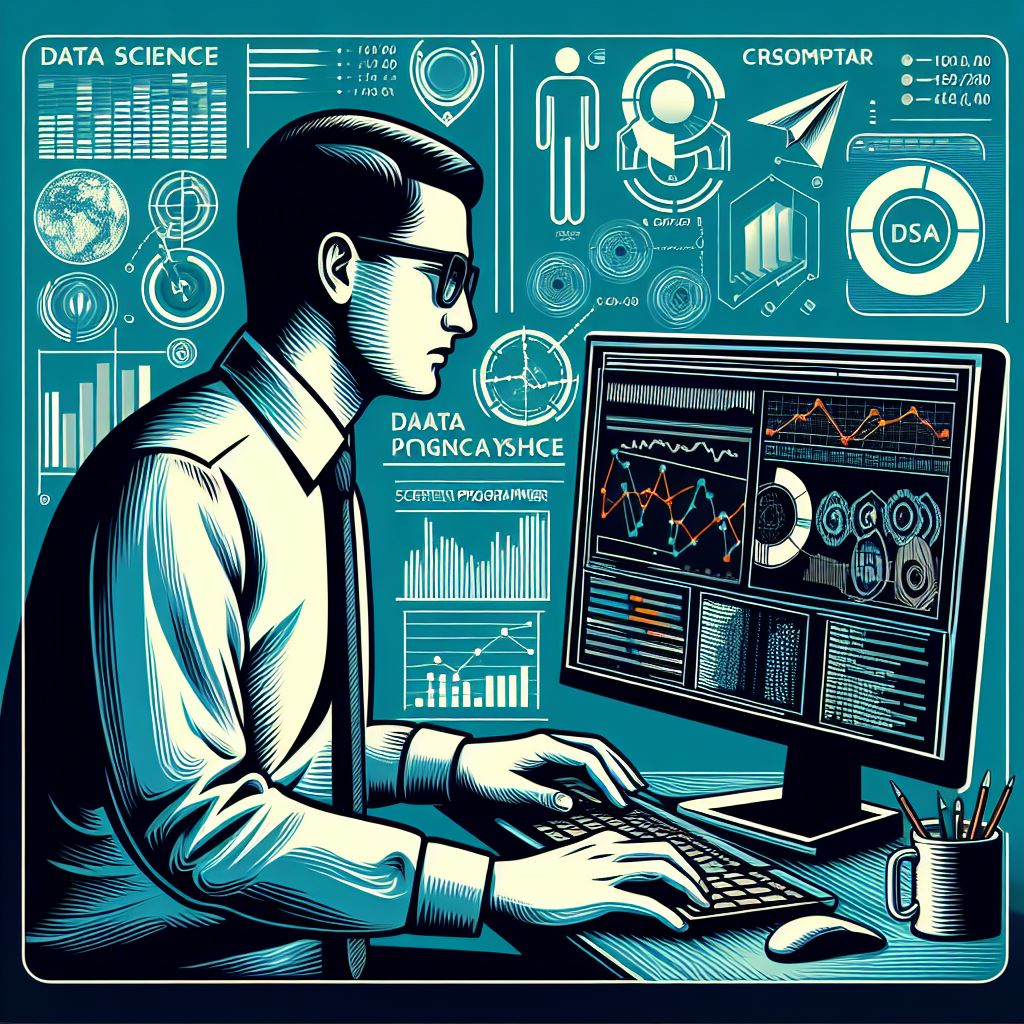Computer vision is a transformative field of artificial intelligence (AI) that enables machines to interpret and understand the visual world. By mimicking the human ability to process images and videos, computer vision technology is making significant strides across various industries, from healthcare to retail, and even autonomous driving. As computer vision continues to evolve, its applications are opening up new possibilities for businesses and enhancing the way we interact with technology.
At its core, computer vision involves the development of algorithms that allow computers to process, analyze, and make sense of visual data, such as images or videos. These algorithms rely on machine learning models, which are trained on vast amounts of data to detect patterns and recognize objects, facial features, or even emotions. In simple terms, computer vision enables machines to “see” and interpret the world in a way that mirrors human perception, but with higher efficiency and accuracy.
One of the most prominent areas where computer vision is making an impact is healthcare. Medical imaging, such as X-rays, MRIs, and CT scans, can be analyzed using computer vision algorithms to identify early signs of diseases, such as cancer or neurological disorders. This can lead to quicker diagnoses and better treatment outcomes, especially in underserved regions with limited access to medical professionals.
In the retail sector, computer vision is being used to enhance customer experiences and optimize business operations. With the help of image recognition technology, retailers can monitor inventory levels, track customer movements in stores, and provide personalized recommendations based on visual data. This leads to better customer satisfaction and higher sales conversions. For instance, self-checkout systems powered by computer vision allow customers to scan and pay for items without the need for a traditional cashier, reducing wait times and improving convenience.
Autonomous vehicles are another exciting application of computer vision. Self-driving cars rely on computer vision systems to understand their environment, including identifying pedestrians, other vehicles, road signs, and obstacles. By processing real-time visual data from cameras and sensors, these systems enable autonomous vehicles to make decisions that are critical for safe navigation. As the technology matures, it has the potential to reduce traffic accidents and improve the efficiency of transportation systems.
In agriculture, computer vision is helping farmers monitor crop health, detect pests, and optimize harvesting processes. By analyzing images from drones or satellites, farmers can get valuable insights into the condition of their fields, allowing them to make data-driven decisions that increase productivity and reduce costs. This is an example of how computer vision is contributing to the sustainable development of industries by promoting efficiency and reducing waste.
The potential of computer vision doesn’t stop there. It is also transforming areas such as security, entertainment, and manufacturing. For example, in security, surveillance cameras equipped with computer vision can automatically detect suspicious activities and alert authorities in real time. In manufacturing, computer vision can be used for quality control, ensuring that products meet specific standards before they leave the factory.
As computer vision technology continues to evolve, its future looks incredibly promising. Researchers are working on improving the accuracy and speed of image processing algorithms, while also making the technology more accessible and affordable. With the rise of edge computing and 5G networks, computer vision systems will become more powerful and capable of processing data in real time, opening up even more opportunities across industries.
In conclusion, computer vision is a groundbreaking technology that is reshaping how we interact with machines and how businesses operate. Its diverse applications, from healthcare to autonomous vehicles, are revolutionizing industries and offering innovative solutions to complex problems. As the field continues to grow, we can expect even more transformative changes in the way we live and work.
5
